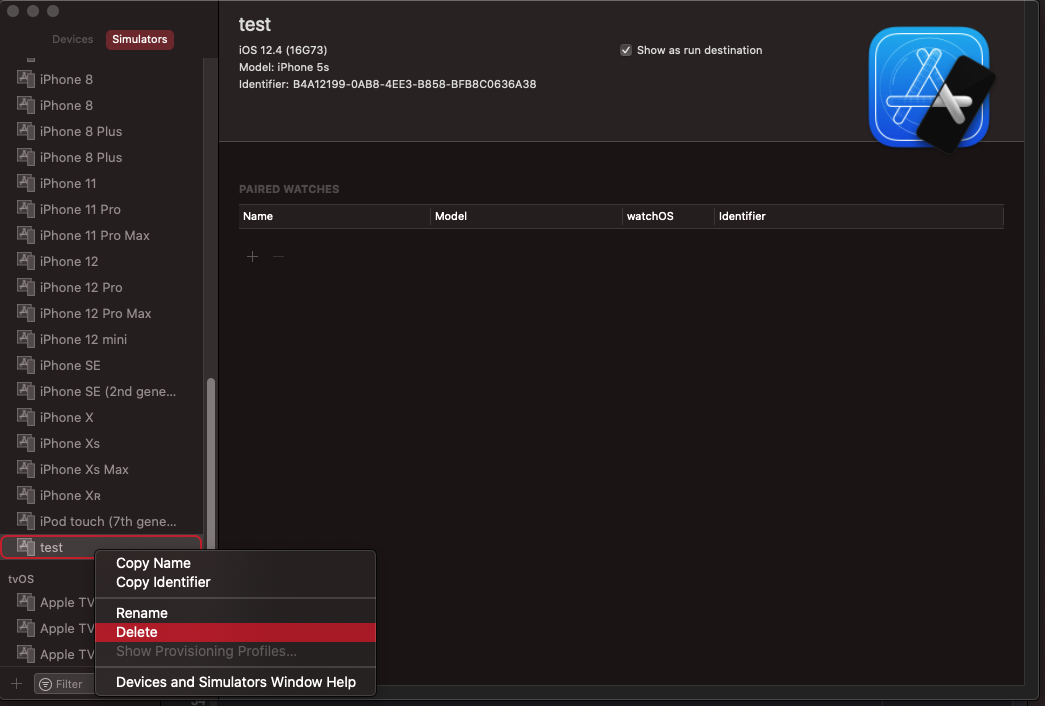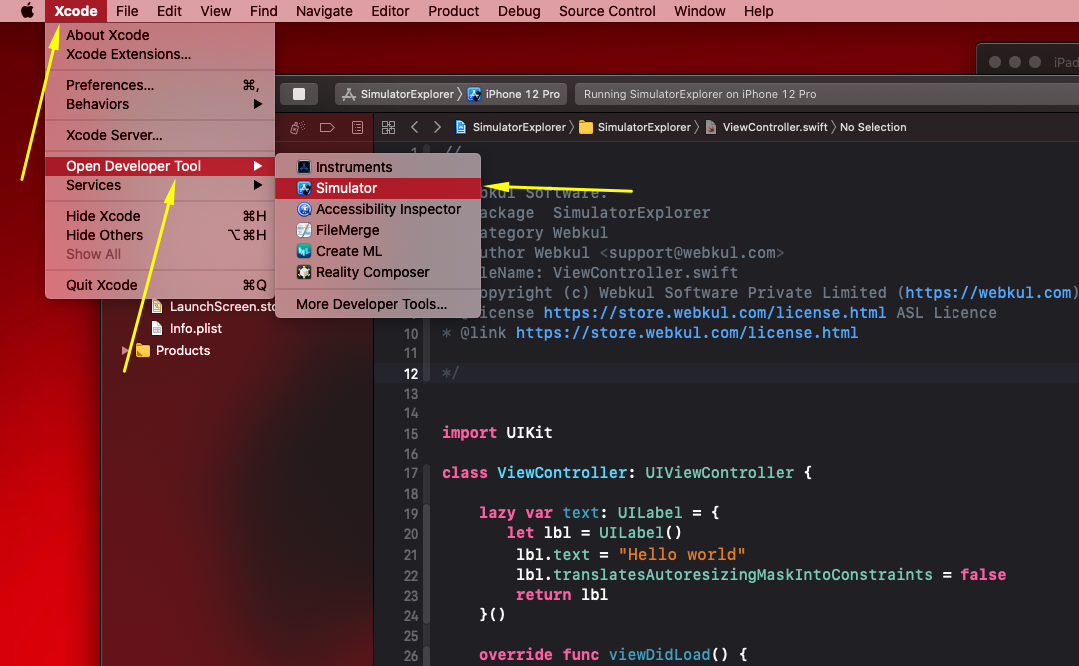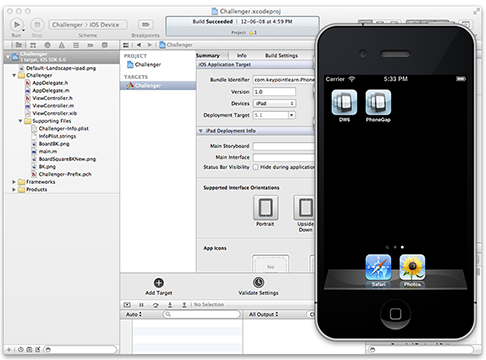
#Xcode simulator full#
Take a look at how big these iPhone screens look at full resolution. Right-click on the simulator you want to remove then choose Delete from the menu: 3. Select the Simulators tab and you’ll see a list of installed simulators. Here are the current iPhone screen sizes. Open Xcode, go to Windows > Devices and Simulator (you can also use shortcuts: Shift + Command + 2 ): 2. To top it off, Apple launched a new iPhone 5 with even more pixels in the vertical direction. There are a ton of pixels on a retina screen, it’s double the size of what the original iPhone shipped with, which was 480x320 pixels (height x width).

you can use set keyboard dismiss mode like below Xcode & Simulator. Either a popup window that looks like the dimensions of the screen, or you’ll see a strange black frame around a very large window. Xcode includes the Xcode IDE, Instruments, Simulator, the latest macOS, iOS. external monitor, Macbook Air, iMac, or older Macbook Pro) you will not see the “iPhone skin” Instead you’ll see one of two things. It’ll be a 1-to-1 pixel representation and it will be huge! Because of this new restriction, when you go to make your iPhone app, the screen that you’re going to see on your computer is going to be a retina iPhone screen. You’ll be targeting an iPhone 4, iPhone 4S, iPhone 5, or iPhone 5S as the minimum system requirements. Luckily, this process is made easy with a single Ionic CLI command.On iOS 7 there are no non-retina iPhone’s that can run the OS. Open Xcode and navigate to Window Devices and Simulators ( 2) In the left side click on the.

The web assets then must be copied into the native project. From the Xcode 11 onwards, you can now simulate a network condition right from the Xcode. With each meaningful change, Ionic apps must be built into web assets before the change can appear on iOS simulators and devices. In this workflow, Xcode can automatically fix common compilation and signing issues that can occur.ĭevelop the Ionic app and sync it to the native project. Even though youre working on an iOS project, this can impact you as developers now need to build for arm64 simulators, an architecture that used to be. Given a Development Team, Xcode will attempt to automatically prepare provisioning and signing. In the same project editor, under the Signing section, ensure Automatically manage signing is enabled. Under the Identity section, verify that the Package ID that was set matches the Bundle Identifier. In Project navigator, select the project root to open the project editor. They can be installed globally with npm.įor Cordova, open Xcode.
#Xcode simulator how to#
This article shows you how to do so in Xcode 12.x, Xcode 13.x, and newer.
#Xcode simulator install#
You can easily install the one you need via Xcode. The ios-sim and ios-deploy are utilities that deploy apps to the iOS simulator and iOS devices during development. Each simulator comes with a particular OS version such as iOS 14.1, iOS 15.0, iOS 15.2, tvOS 14.0, watchOS 7.0, etc. This section is not necessary for Capacitor. Create an iPhone 11 simulator if one does not already exist.Īdditional setup is required for Cordova to support programmatic builds. Open Xcode and navigate to Window » Devices and Simulators.

For more information, see Apple's documentation. The following documentation is a quick way to get the iOS simulator set up. The iOS simulator emulates iOS devices on Macs. Once logged in, a Personal Team will appear in the team list of the Apple ID. Open Xcode and navigate to Xcode » Preferences » Accounts. Luckily, Xcode makes this easy with automatic code signing. All iOS apps must be code signed, even for development.


 0 kommentar(er)
0 kommentar(er)
